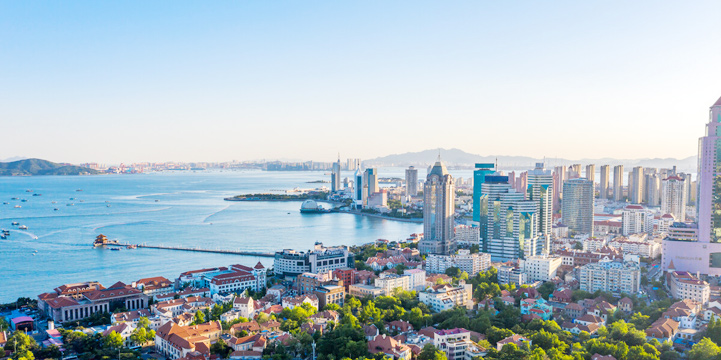1. What is the 2020 sulphur limitation Convention?
According to the sulphur limiting resolution of the International Maritime Organization (IMO), every ship in the world must use clean fuel with sulphur content of less than 0.5% m / m from January 1, 2020, except for ships installed with exhaust gas cleaning device.
2. What kinds of countermeasures does the shipping company have for the sulphur limit convention?
Current industry-approved measures include the use of low sulphur fuel, installation of desulphurization units, the use of LNG clean energy, and so on. In order to ensure that all fuels of ships meet the requirements of the new regulations on January 1, 2020, we have started to renovate some of the ships and gradually introduce low sulphur oils that meet the standards as ship fuels.
3. How to make up for the increase in fuel-related costs?
Implementing the new 2020 sulfur limit regulations will bring huge additional fuel costs to shipping companies. We plan to levy a new fuel surcharge (BUC/FAF) to rationally compensate for the cost of new fuel, so as to ensure the healthy and sustainable development of the industry and the good service experience of our customers.
4. What is the calculation formula for the BUC/FAF?
The formula is:
BUC = Low sulphur fuel oil price X Trade Coefficient X Balance Coefficient
FAF = Price difference between high and low sulphur fuel oil* X Trade Coefficient X Balance Coefficient
5. Why do we adopt BUC/FAF two different levy modes for long-term and short-term contracts?
In view of different types of customers' different demands for freight structure, two modes of full fuel surcharge and differential fuel surcharge are adopted for long-term contracts and short-term contracts respectively. US and Atlantic trades apply to long-term contract pattern. Contracts of other trades, according to its rate validity, shall respectively apply to short-term contracts pattern (validity ≤ 3 months) and long-term contract pattern (validity>3 months).
6. Why will BUC/FAF take effect on December 1, 2019 ahead of the sulphur restriction on January 1, 2020 ?
Considering that a series of measures taken to comply with the new regulation, including the purchase of low sulfur oil and the preparation of cabins in advance, have incurred additional costs and led to changes in the structure of oil products, BUC/FAF will take effect on December 1, 2019.
7. Why use the three-year average price of high sulfur oil from 2016 to 2018 as the benchmark price for calculating FAF?
The range of oil price change in FAF calculation formula is the price difference between low sulfur oil price and high sulfur oil benchmark price. In order to objectively reflect the cost expenditure of high-sulfur oil as ship fuel, we choose the average price of 380CST high-sulfur oil from 2016 to 2018 as the benchmark price.
8. How to set the balance coefficient and route coefficient in BUC/FAF calculation formula?
Balance coefficient is set according to the balance ratio of import and export of each trade lane, while trade coefficient combines the following factors:
---Additional fuel consumption due to adverse weather, port congestion and other external environment;
--- Additional cost of tank and pipeline cleaning due to oil product switching;
---The uncertain risk cost of new oil products used by ships, such as the risk cost of mixing oil and engine damage, currency devaluation and exchange loss, etc. --- Additional cost incurred by oil product switching in different routes due to different policy of each shipping area.
9. What is the update frequency and adjustment mechanism of BUC/FAF?
We will check the fluctuation of fuel price monthly. If the range of change exceeds USD25, the adjustment mechanism will be triggered. BUC/FAF for the next month will be determined and issued on the 10th of each month. Please contact with Trade PIC if customer request longer frequency.
10. The LSFO cost, is this based on average globally or different by Trade?
It is based on different trade, please contact with Trade PIC for more details.
11. Is the new fuel charge in conflict with the original low sulphur oil surcharge (LSS, CLS, etc.)?
After BUC/FAF come into effect, the original low sulphur oil surcharge will be covered and reflected according to its calculation logic and formula.
